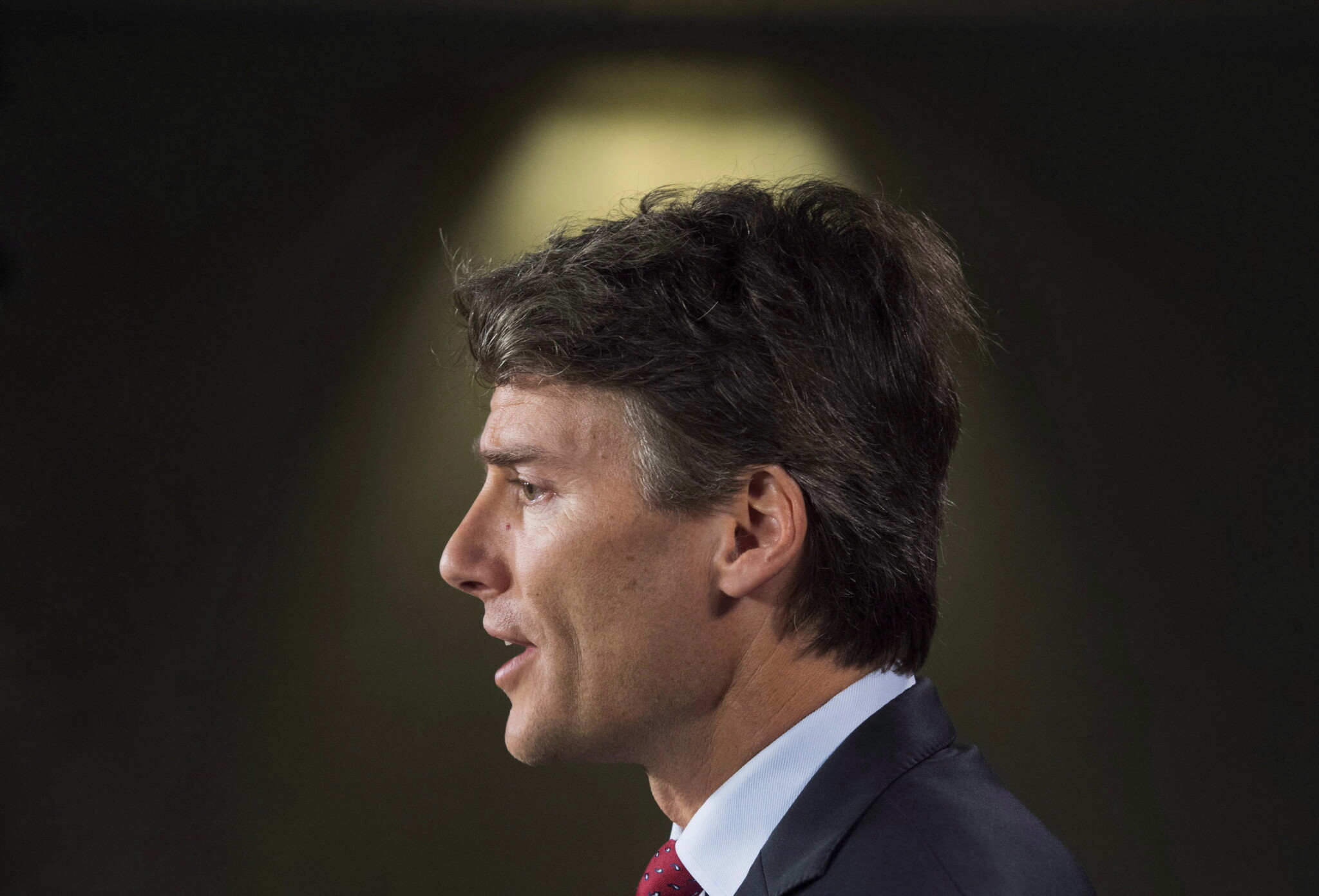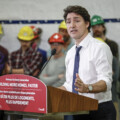Canada’s housing crisis is a defining challenge of our time—a convergence of economic imbalance and political division that threatens our national stability. As both a housing builder and a Canadian, I want our government to succeed on this file. But I approach the issue with a mix of optimism and wariness.
The appointment of Gregor Robertson as housing minister casts a shadow over that optimism.
In one of his first appearances as minister, Robertson reflected a troubling disconnect from the very problem he’s now tasked with solving, remarking, “We need to deliver more supply, make sure the market is stable—it’s a huge part of our economy.” That same day, in an exchange on X, the minister was asked (by yours truly), “How do you make homes more affordable without reducing the price of a family’s current home?” to which he responded, “Build affordable homes at scale.” This arrogant response ignores the economic realities of this file, which should come as no surprise when considering Robertson’s track record on housing in Vancouver: during his tenure as mayor of Vancouver, home prices surged by 179 percent.
While one side of the economic truth (that we need to build more homes) is acknowledged by Carney and his new minister, the second part of that same truth (that prices are too high and climbing) gets overlooked because of the political complexity of this issue.
Economically, the solution is clear: we must build more homes. The supply-demand imbalance—exacerbated by unsustainable levels of low-skilled and temporary immigration—has pushed prices beyond the reach of most Canadians. Building more isn’t just necessary; it’s fundamental to any meaningful solution in order to bring prices into a range that is within reach for the average Canadian aspiring to home ownership.
But politically, this path is fraught. Many older homeowners, a key Liberal constituency, worry that increasing supply will erode their property values and upend their neighbourhoods. These concerns are rooted in real fears about financial security. Meanwhile, younger Canadians—who broke for the Conservatives in the last election—see runaway housing costs as a direct threat to starting families and building futures. This generational divide isn’t just about housing; it’s about competing visions of Canada’s future. And it’s increasingly reflected in our political choices.
Minister Robertson has his work cut out for him. Success will require a policy framework as nuanced as the challenge itself—one that balances economic imperatives with political realities.
That framework must include:
Freeing the market to build at scale
This means overhauling land use regulations, cutting development fees and taxes, and offering aggressive tax incentives to real estate developers. The private sector must lead a construction boom that reduces the supply gap and restores market equilibrium.
Anchoring price stability
While governments can’t control markets, they can communicate a clear goal: prevent both runaway escalation and a devastating crash. Reassuring older homeowners that their assets are safe—while gradually restoring affordability—will be crucial for political buy-in.
Empowering young Canadians through tax relief
Younger Canadians have borne the brunt of decades of bad policy. The government should eliminate income taxes on up to $500,000 earned early in a career, phasing out benefits by age and income. This would increase their purchasing power and help them access homeownership sooner.
Driving wage growth and productivity
If significantly decreasing home values is politically untenable, then we must grow incomes. A national pro-growth agenda—spanning tax reform, infrastructure, and industry policy—should target a 3 percent increase in annual wage and GDP growth. Housing affordability isn’t just about cheaper homes; it’s about stronger earnings.
Focusing subsidies on the most vulnerable
The federal government should reserve direct housing support for those who fall through the cracks—not attempt to fix market supply. Public funds must be used efficiently, while the private sector drives the broader recovery.
No framework will satisfy everyone. But effective policy must acknowledge competing interests while refusing to be paralyzed by them. Robertson’s record and recent comments don’t inspire confidence that he grasps this complexity—but I hope he proves critics wrong, me included. That said, the task ahead is larger than one minister. Every level of government must craft a solution that works not just economically, but electorally—especially now, with Conservatives energized by young voters and Liberals anchored to aging ones.
This is a test of political will and economic vision. It requires honesty about uncomfortable truths on immigration, intergenerational fairness, and market dysfunction. And it demands a policy that works for both those who have built equity and those who still dream of doing so.
The election results are a warning: the status quo is cracking. The time for bold, balanced action is now. Mark Carney ran on change. Canadians are counting on his government to deliver it.










